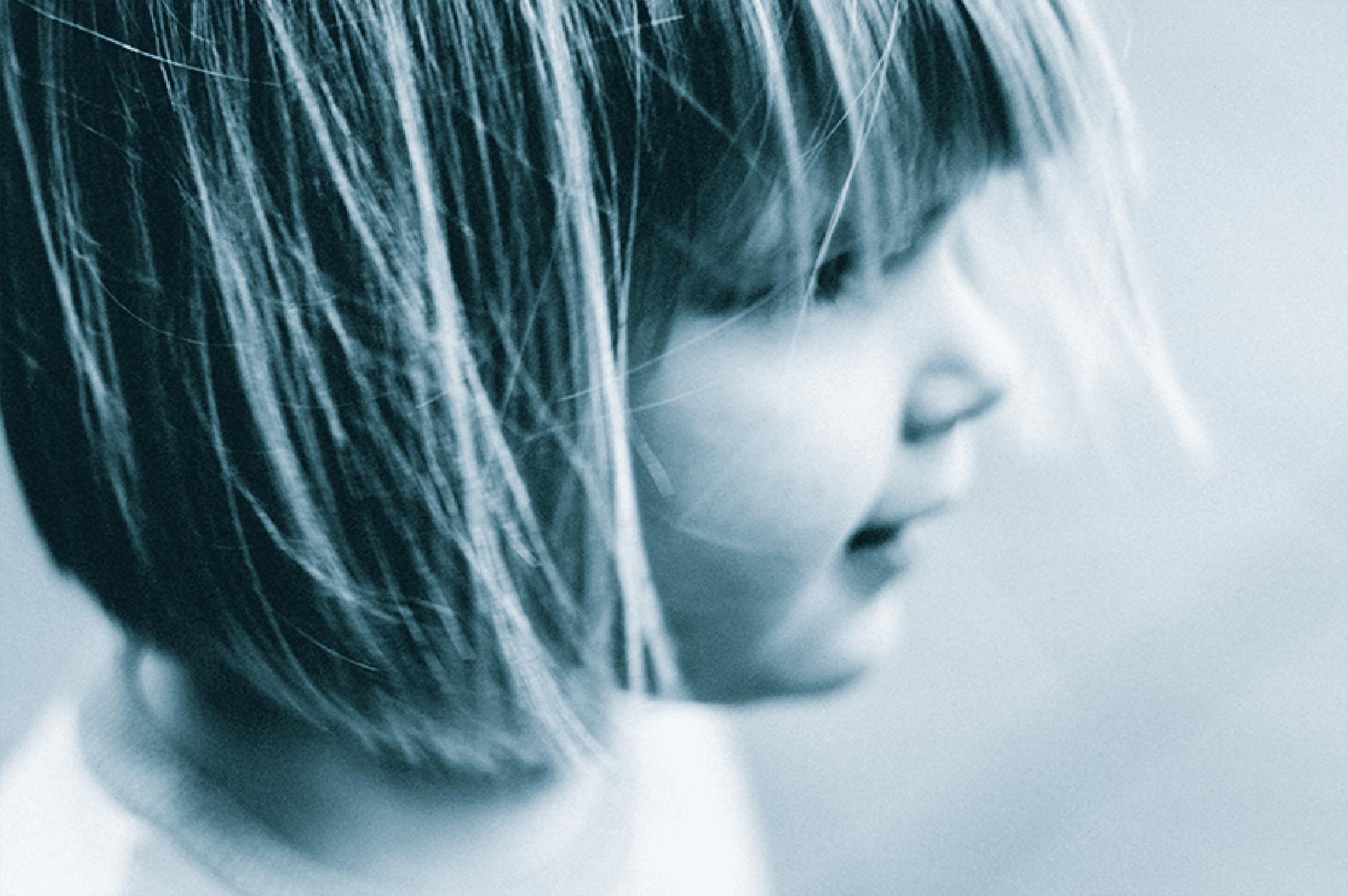Amstadter, A., Myers, J., & Kendler, K. (2014). Psychiatric resilience: Longitudinal twin study. British Journal of Psychiatry, 205(4) s. 275-280.
Baumeister, R. F., & Leary, M. R. (1995). The need to belong: desire for interpersonal attachments as a fundamental human motivation. Psychological Bulletin, 117(3) s. 497.
Belsky, J., Bakermans-Kranenburg, M.J. & van Ijzendoorn, M.H. (2007). For better and for worse. Differential susceptibility to environmental influences, Current Directions in Psychological Science, 16, s. 300-3004.
Bekkhus, M., von Soest, T., Fredriksen., E. (2020) Psykisk helse hos ungdom under covid-19-Ensomhet, venner og sosiale medier. Tidsskrift for Norsk Psykologforening, 57(7).
Borge, A. I. H. (2019). Resiliens: risiko og sunn utvikling. Gyldendal.
Bowes, L., Maughan, B., Caspi, A., Moffitt, T.E. & Arseneault. L. (2010). Families promote emotional and behavioural resilience to bullying: evidence of an environmental effect. Journal of Child Psychology and Psychiatry, 51(7) s. 809-817.
Bowker, J. C., Thomas, K. K., Norman, K. E., & Spencer, S. V. (2011). Mutual best friendship involvement, best friends’ rejection sensitivity, and psychological maladaptation. Journal of Youth and Adolescence, 40(5), 545-555. https://doi.org/10.1007/s10964-010-9582-x
Brandlistuen, R. E., Helland, S. S., Evensen, L. A., Schjølberg, S., Tambs, K., Aase, H., & Wang, M. V. (2015). Sårbare barn i barnehagen-betydningen av kvalitet.
Brendgen, M., Vitaro, F., Bukowski, W. M., Dionne, G., Tremblay, R. E., & Boivin, M. (2013). Can friends protect genetically vulnerable children from depression? Development and Psychopathology, 25(2) s. 277-289. doi:10.1017/S0954579412001058
Bronfenbrenner, U., & Morris, P. A. (2006). The bioecological model of human development. Handbook of child psychology.
Bukowski, W. M., Laursen, B., & Hoza, B. (2010). The snowball effect: Friendship moderates escalations in depressed affect among avoidant and excluded children. Development and Psychopathology, 22(4) s. 749-757. doi:10.1017/S095457941000043X
Clarke-Stewart, A., & Dunn, J. (2006). Families count: Effects on child and adolescent development. Cambridge University Press.
Dadvand, P., Nieuwenhuijsen, M. J., Esnaola, M., Forns, J., Basagaña, X., Alvarez-Pedrerol, M., . . . Su, J. (2015). Green spaces and cognitive development in primary schoolchildren. Proceedings of the National Academy of Sciences, 112, (7) s. 937-7942.
Doll, B., LeClair, C., & Kurien, S. (2009). Effective classrooms: Classroom learning environments that foster school success. The handbook of school psychology, s. 791-807.
Eckstein-Madry, T., Piskernik, B., & Ahnert, L. (2020). Attachment and stress regulation in socioeconomically disadvantaged children: Can public childcare compensate? Infant Mental Health Journal. 2020; 1– 12. https://doi.org/10.1002/imhj.21878
Fang, Y., Scott, L., Song, P. et al. Genomic prediction of depression risk and resilience under stress. Nature Human Behaviour 4, s. 111–118 (2020). https://doi.org/10.1038/s41562-019-0759-3
Furman, W., & Buhrmester, D. (1992). Age and sex differences in perceptions of networks of personal relationships. Child Development, 63(1), s. 103-115. https://doi.org/10.1111/j.1467-8624.1992.tb03599.x
Kong, A., Thorleifsson, G., Frigge, M.L. et al., (2018). The nature of nurture: Effects of parental genotypes. Science, 359 s. 424-28.
Marmot, M. (2005). Social determinants of health inequalities. The Lancet, 365, s. 1099-1104.
Masten, A. S. (2015). Ordinary magic: Resilience in development Guilford Publications.
Masten, A. S., Herbers, J. E., Cutuli, J. J., & Lafavor, T. L. (2008). Promoting Competence and Resilience in the School Context. Professional School Counseling, 12(2), 2156759X0801200213.
Maul, S, Giegling, I, Fabbri, C, Corponi, F, Serretti, A, Rujescu, D. Genetics of resilience: Implications from genome-wide association studies and candidate genes of the stress response system in posttraumatic stress disorder and depression. American Journal of Medical Genetics Part B. 2020; 183 s. 77– 94. https://doi.org/10.1002/ajmg.b.32763
Narr, R. K., Allen, J. P., Tan, J. S., & Loeb, E. L. (2019). Close friendship strength and broader peer group desirability as differential predictors of adult mental health. Child Development, 90(1), s. 298-313.https://doi.org/10.1111/cdev.12905
NICHD Early Child Care Research Network. (2000). Characteristics and quality of child care for toddlers and preschoolers. Applied Developmental Science, 4 s. 116-135.
Nøkleby, H., Berg, R., Muller, A. E., & Ames, H. M. R. (2021). Konsekvenser av covid-19 på barn og unges liv og helse: en hurtigoversikt.
Peisner-Feinberg, E. S., Burchinal, M. R., Clifford, R. M., Culkin, M. L., Howes, C., Kagan, S. L., & Yazejian, N. (2001). The relation of preschool child-care quality to children’s cognitive and social developmental trajectories through second grade. Child Development, 72, s. 1534-1553.
Sanders, M. R. (1999). Triple P-Positive Parenting Program : Towards an Empirically Validated Multilevel Parenting and Family Support Strategy for the Prevention of Behavior and Emotional Problems in Children. 2(2).
Schmidt, M. E., & Bagwell, C. L. (2007). The protective role of friendships in overtly and relationally victimized boys and girls. Merrill-Palmer Quarterly (1982-) s.439-460.
Stein, MB, Choi, KW, Jain, S, et al. Genome-wide analyses of psychological resilience in U.S. Army soldiers. American Journal of Medical Genetics Part B. 2019; s.180B; s. 310– 319. https://doi.org/10.1002/ajmg.b.32730
Ulset, V., Vitaro, F., Brendgen, M., Bekkhus, M., & Borge, A. I. H. (2017). Time spent outdoors during preschool: Links with children’s cognitive and behavioral development. Journal of Environmental Psychology, 52. doi:10.1016/j.jenvp.2017.05.007
von Tetzchner, S. (2018). Utviklingspsykologi 2. utgave. In: Gyldendal akademisk: Oslo.
Vitaro, F., Boivin, M., & Bukowski, W. M. (2009). The role of friendship in child and adolescent psychosocial development. In K. H. Rubin, W. M. Bukowski, & B. Laursen (Eds.), Social, emotional, and personality development in context. Handbook of peer interactions, relationships, and groups (s. 568–585). The Guilford Press.
Zachrisson, H. D., & Dearing, E. (2015). Family income dynamics, early childhood education and care, and early child behavior problems in Norway. Child Development, 86 s. 425-440.
